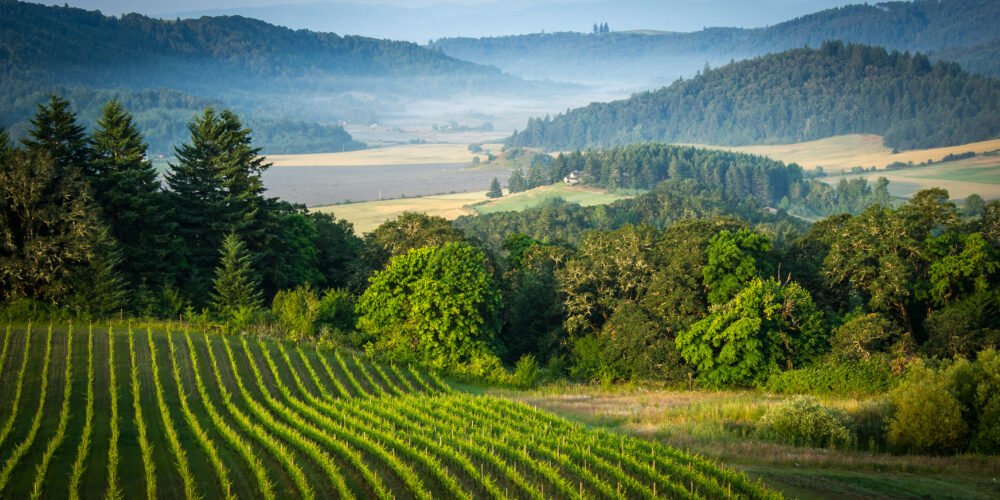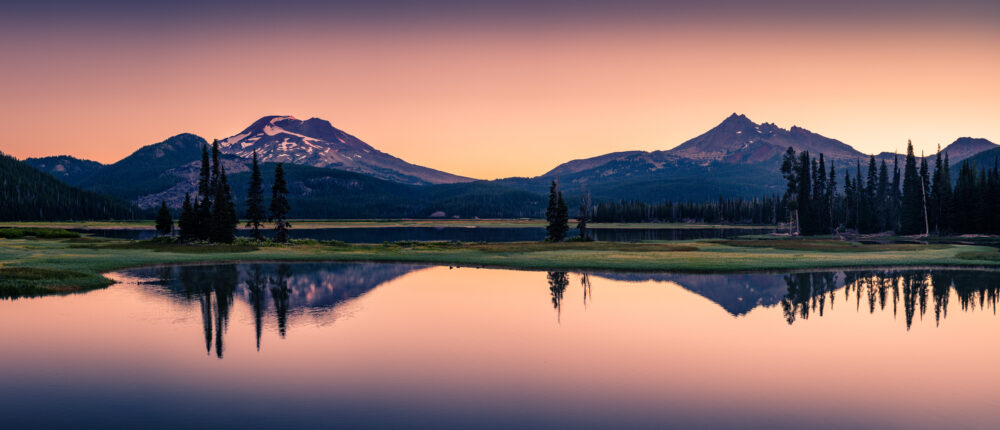Oregon, renowned for its diverse landscapes, from lush forests to rugged coastlines, experiences a varied climate throughout the year. Situated in the Pacific Northwest region of the United States, Oregon’s weather is influenced by its proximity to the Pacific Ocean, the Cascade Range, and its diverse topography. Understanding the nuances of Oregon’s weather patterns can enhance any visit to this beautiful state.
Coastal Climates: Mild and Moist
The coastal region of Oregon boasts a maritime climate characterized by mild temperatures and abundant rainfall. Temperatures rarely reach extreme highs or lows, with summers staying comfortably cool and winters remaining relatively mild. The moderating effect of the Pacific Ocean keeps temperatures stable throughout the year.
Rain is a common companion along the Oregon coast, especially during the winter months. Visitors can expect frequent drizzles and overcast skies, creating a lush and verdant landscape. Fog is also a regular occurrence, adding an ethereal quality to the coastal scenery.
Willamette Valley: Temperate and Pleasant
Moving inland, the Willamette Valley enjoys a temperate climate influenced by the Cascade Range to the east and the Coast Range to the west. Summers are warm and dry, perfect for exploring the valley’s renowned vineyards and agricultural fields. Winters are relatively mild, with occasional bouts of rain and rare snowfall.
Spring and fall bring vibrant displays of color as the valley’s flora bursts into bloom or changes hues with the season. The gentle climate of the Willamette Valley makes it an inviting destination year-round for outdoor enthusiasts and wine aficionados alike.

Cascade Mountains: Alpine Adventures
Ascending into the Cascade Mountains, Oregon’s climate undergoes a dramatic shift. The higher elevations experience a more continental climate, characterized by colder temperatures and heavier snowfall. Winter sports enthusiasts flock to the Cascade Range to indulge in skiing, snowboarding, and snowshoeing against the backdrop of snow-capped peaks.

Summer brings milder temperatures, making it an ideal time for hiking, camping, and exploring the mountainous terrain. However, visitors should be prepared for rapid weather changes, as conditions can fluctuate unpredictably in the high country.
Eastern Oregon: Arid Landscapes and Wide Skies
Venturing into Eastern Oregon reveals a starkly different climate compared to the western regions of the state. This vast expanse of high desert experiences hot, dry summers and cold, snowy winters. Rainfall is scarce, and the landscape is dominated by sagebrush, juniper trees, and expansive rangelands.
Despite the arid climate, Eastern Oregon boasts breathtaking natural wonders such as the Painted Hills, Smith Rock State Park, and the Wallowa Mountains. Visitors can experience solitude and serenity amidst the rugged beauty of this remote landscape.
Southern Oregon: Mediterranean Influences
Southern Oregon exhibits a climate influenced by both maritime and continental factors, resulting in hot, dry summers and mild, wet winters. The region’s proximity to the Pacific Ocean moderates temperatures, while the surrounding mountains shield it from extreme weather patterns.
Summer days are perfect for exploring the region’s outdoor attractions, including Crater Lake National Park, the Rogue River, and the Oregon Caves. In contrast, winter brings ample rainfall, replenishing the region’s rivers and lakes and providing ideal conditions for winter sports in the surrounding mountains.
Embracing Oregon’s Weather
Oregon’s diverse climate offers something for everyone, whether you prefer the mild temperatures of the coast, the alpine adventures of the Cascade Mountains, or the wide-open spaces of Eastern Oregon. By understanding the unique weather patterns of each region, visitors can fully appreciate the natural beauty and outdoor activities that Oregon has to offer, no matter the season. So pack accordingly, and prepare to be enchanted by Oregon’s ever-changing weather.
Panel System Installation Oregon
